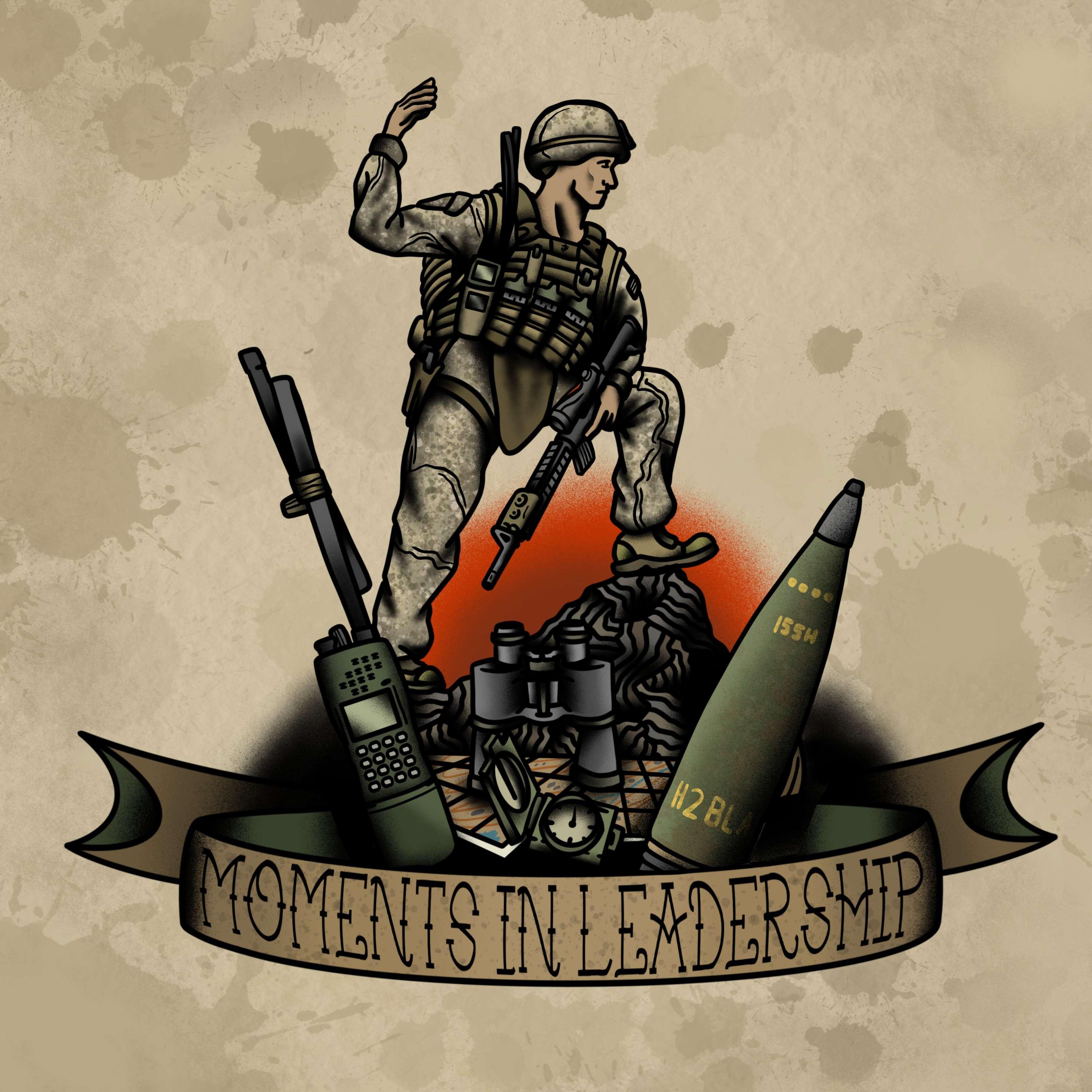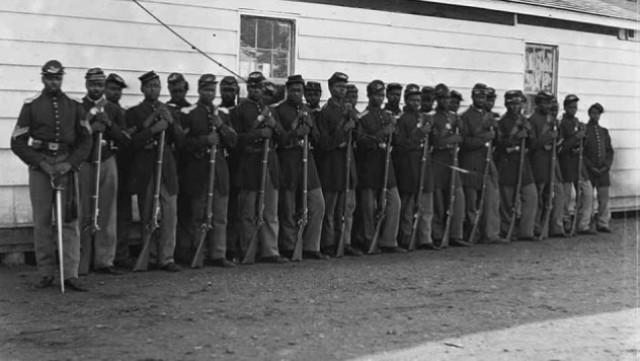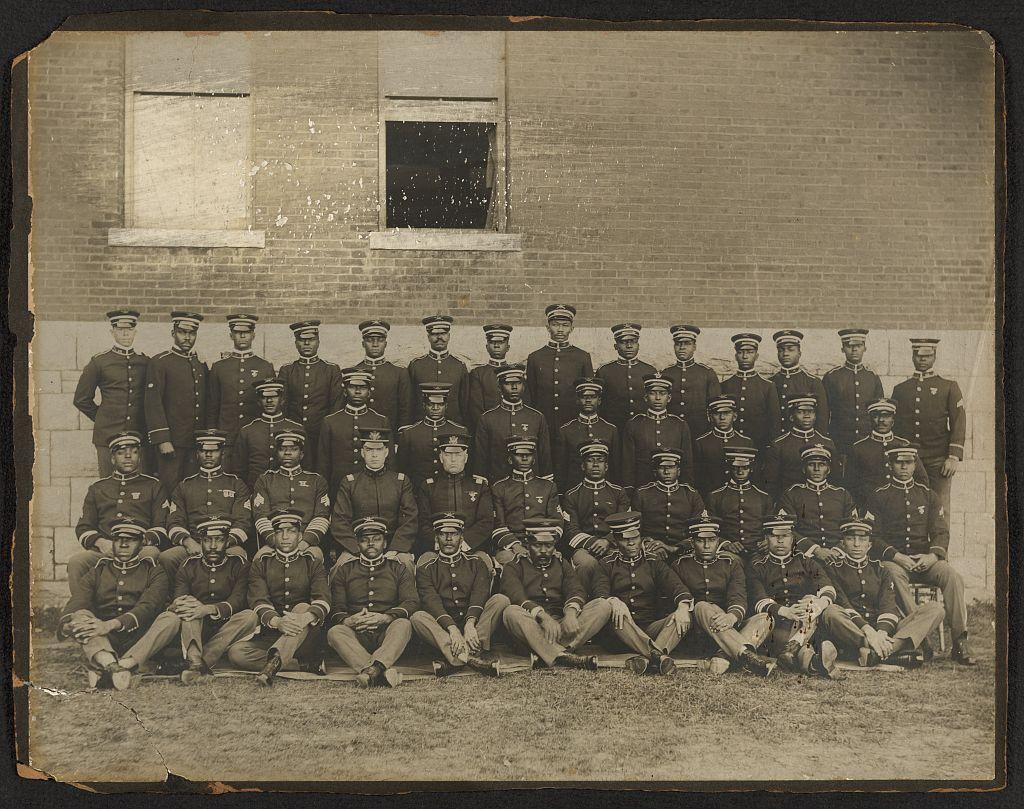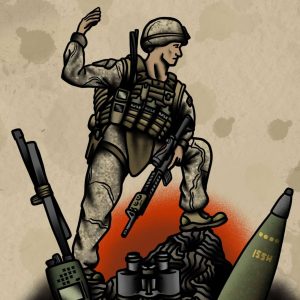In the gripping YouTube video “Intense Infantry Combat from a Legendary Unit | James Thompson,” viewers are taken on an unforgettable journey into the realities of frontline warfare through the eyes of a veteran from the renowned 24th infantry Regiment, known as the Buffalo Soldiers.
James Thompson, a Brooklyn native, shares his raw and unfiltered experiences from his military service, starting with his reluctant entry into the Army in 1948, a journey that would thrust him into the heart of combat and teach him invaluable life lessons.
Thompson’s narrative is both personal and poignant, reflecting on the stark realities of segregation within the military during a tumultuous era in American history. He illuminates the challenges faced by black soldiers in a segregated Army, while simultaneously portraying the sheer intensity of infantry combat, where the mantra was simple: either excel in your role or face dire consequences.
With vivid descriptions and thought-provoking insights, he sheds light on the camaraderie forged through adversity and the unwavering focus on mission objectives, underpinning the relentless nature of warfare.
Join us as we delve deeper into the themes explored in this compelling video, discussing not only the grueling tactics and experiences of infantry combat but also the broader social implications of Thompson’s story. Through his eyes, we confront the brutal realities of war, resilience in the face of discrimination, and the indomitable spirit of those who serve.
This post will examine the lessons learned from Thompson’s powerful testimony, offering readers a chance to reflect on the sacrifices made by those who fought for their country—an exploration of valor wrapped in the fabric of a reluctant soldier’s journey.
Understanding the Battlefield Mindset: Lessons from Legendary Infantry Combat
In the crucible of combat, every soldier quickly realizes the fierce necessity of competence and adaptability. As James Thompson eloquently expressed, when faced with the chaos of battle, one must either excel in their role or face dire consequences. This stark reality fosters a culture where listening to squad leaders and non-commissioned officers (NCOs) is paramount.
The urgency of the mission eclipses all else; there is no room for hesitation or half-measures. Intense infantry combat is characterized by the singular focus on objectives, rendered even more critical during offensive maneuvers where taking prisoners is a luxury that can jeopardize the mission.
This mindset emphasizes the importance of teamwork, swift decision-making, and unwavering commitment to the task at hand, underscoring that survival and success are intertwined.
The experience of Thompson and his fellow soldiers highlights the importance of rigorous training that imbues both skill and discipline in a segregated environment. Basic training at places like Fort Dix was filled with challenges where soldiers learned to navigate not only military tactics but also the societal dynamics of the time.
Despite the challenges of segregation, the shared purpose of training fostered a bond among soldiers, nonetheless of their backgrounds.
They learned from seasoned NCOs, whose invaluable lessons shaped their readiness for the battlefield. This focal point on mentorship and cooperation under pressure is what instills the legendary infantry combat mindset that marks units like the 24th Infantry Regiment, reminding us of how teamwork and trust form the backbone of resilience in life-and-death situations.
The Role of Leadership in Combat: Insights from Squad Leaders and NCOs

In the high-stakes environment of combat, the role of leadership becomes paramount, transforming squad leaders and non-commissioned officers (NCOs) into linchpins of survival and success. As recounted by veterans like James Thompson, there exists a brutal clarity: you become adept at your responsibilities quickly, or you face dire consequences.
In such intense scenarios, the imperative is to listen closely to your NCOs and follow their commands without hesitation.
Combat is swift and unforgiving; there is no room for second-guessing or indecision. The soldiers under their guidance must be prepared to act decisively, frequently enough prioritizing objectives over everything else. The mantra is clear: ”You don’t take prisoners,” underscoring a relentless focus on mission accomplishment amidst chaos.
Leadership in these moments transcends tactical directives; it evolves into a matter of life and death.
Effective leadership is characterized by trust and respect forged through experience. Thompson’s narratives highlight how the bonds formed during training dictate the flow of combat operations. The portrayal of NCOs, particularly those who have borne the weight of previous conflicts, speaks volumes about the mentorship that guides young soldiers.
A well-respected leader possesses the ability to motivate their squad, ensuring that each member acts in concert with tactical goals. With a structured hierarchy firmly in place, these leaders can deploy their teams effectively, making split-second decisions that can pivot the outcome of engagements. Ultimately, the legacy of these leaders lies in their capacity to cultivate resilience and courage, often under impossibly stressful circumstances.
Navigating the Challenges of Segregation in Military Training

The experience of segregation in military training during the years following World War II was a wake-up call for many young soldiers, including those fresh from the streets of Brooklyn. Upon arriving at Fort Dix, New Jersey, recruits faced the harsh reality of being classified as “colored troops.” This segregation was not merely a footnote in their training; it fundamentally shaped their military experience.
For many, the abrupt shift from camaraderie experienced during their bus ride to the stark division upon disembarking was shocking. The laughter shared on the journey was replaced by an understanding of systemic racial barriers that dictated every aspect of their initial military life. Those in charge were largely white, a stark contrast to the predominantly Black troops who served under them.
The soldiers quickly learned that their impact would be scrutinized through the lens of race, a stark reminder of the societal challenges that extended into the ranks of the armed forces.
Despite these challenges, the soldiers embraced their responsibilities with a determination to excel. They understood the stakes involved in combat training; failure to adapt could mean the difference between survival and death. The commitment to follow orders and respect seasoned non-commissioned officers was paramount, as their survival often depended on it.
The segregation did not diminish their resolve; rather, it fueled a desire to prove their worth and capabilities.Traits such as discipline, adaptability, and teamwork became essential qualities that these soldiers carried into combat. The intense training sessions ignited a fierce determination among the infantrymen, who learned to rely on each other to navigate the complexities of a divided training environment.
From Basic Training to Combat Readiness: The Journey of the 24th Infantry Regiment

The transition from civilian life to the challenges of military service was stark, especially for the soldiers of the 24th Infantry Regiment. James Thompson’s experience reflects a common reality for many recruits who found themselves in boot camp during a time of rigid segregation. Arriving at Fort Dix, New jersey, he and his fellow soldiers were quickly introduced to a world where the camaraderie they shared on the bus swiftly dissipated, replaced by the harsh reality of segregation.
The training facilities and barracks were entirely segregated, with only colored troops forming the backbone of their battalion. Despite this, Thompson embraced his basic training, fundamentally understanding that their life’s mission would revolve around unity and discipline, dictated by the drills and commands of their non-commissioned officers (NCOs).
The urgency and purpose of warfare molded these soldiers into combat-ready infantrymen. Once in the throes of battle, there was little room for hesitance; the first rule was survival. In combat, the mantra was clear: “you become good at your job or dead at your job.” The soldiers were taught to listen intently, follow orders without question, and persistently pursue their objectives. Each man was aware that failure to act decisively could mean the difference between life and death—not just for themselves, but for their comrades.
It was an environment that honed their instincts, pushing them toward one singular goal: take the objective. Emphasizing relentless pursuit and cohesion, the training instilled in them a sense of purpose that transcended individual backgrounds, culminating in an indelible legacy of bravery and determination.
In Retrospect
As we conclude our exploration of the gripping insights shared in James Thompson’s account of his experiences as a member of the legendary 24th Infantry Regiment, the Buffalo Soldiers, we are reminded of the profound complexities of military life. His candid reflections on the harsh realities of combat—the urgent need for focus, discipline, and the grim imperative of survival—paint a vivid picture of what it means to serve under fire. From the stark realities of segregation during his military training to the camaraderie formed in the face of adversity, Thompson’s story is one of resilience and purpose.
His experiences compel us to confront the historical context of those who served, shedding light on an era that was marked not only by conflict but also by the struggle for equality and recognition. Thompson’s narrative acts as an essential reflection on the human elements behind military history. It reminds us that each soldier’s journey is interwoven with personal battles and collective history, making their stories worthy of remembrance and respect. Thank you for joining us on this journey through Thompson’s remarkable life and the grit of the troops he represents.
As we continue to explore the multifaceted narratives of our past, let us honor those who have fought bravely, ensuring their legacies endure as an integral part of our shared story. Until next time, stay curious and keep seeking out the voices that shape our understanding of history.

